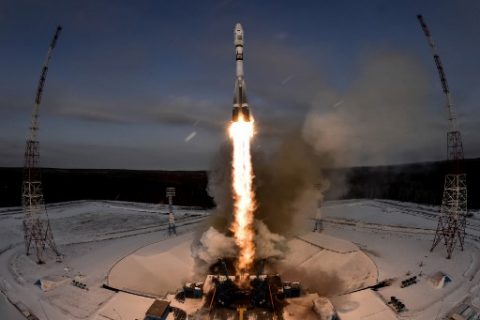
Dec 2022
A strategic and political challenge, the conquest of space generated intense competition between the US and the Soviet Union during the Cold War.
In 1957 the Soviets were first to place a satellite, Sputnik, into orbit. A few weeks later a dog became the first living creature in space. Laika did not survive the journey.
In 1961 Soviet astronaut Yuri Gagarin became the first human to orbit the Earth.
1963: his compatriot Valentina TERECH-kova became the first woman in space.
In 1969 the Apollo 11 mission made it possible for Neil Armstrong and Buzz Aldrin to walk on the moon.
Then Mars began to come into focus with the 1976 US probes Viking One and Two landing on the Red Planet.
The following year space probes Voyager One and Two lifted off on their mission to explore the Solar System.
In 1981 the era of reusable spacecraft began. This period was marked by disasters for Challenger in 1986 and Columbia in 2003.
The Hubble telescope was launched in 1990.
In 1998 the construction of the International Space Station began 400 kilometres above the Earth, making long stays in space possible.
In 2001 space was no longer the preserve of defence and science…the first tourist in space, American Dennis Tito, relaxed in the ISS.
Since the start of the 21st century, private companies such as, SpaceX, Blue Origin and Virgin Galactic have become partners in the exploration of space.
In 2021, James-Webb, the most complex and powerful space telescope ever launched was launched.
Mars remains the objective: with the NASA rover Perserverance landing in February 2021.
In 2022, NASA with Space X renewed missions to the Moon with Artemis 1.
In the same year the Chjnese finished the construction of their space station Tiangong.
Source : NASA, ESA



